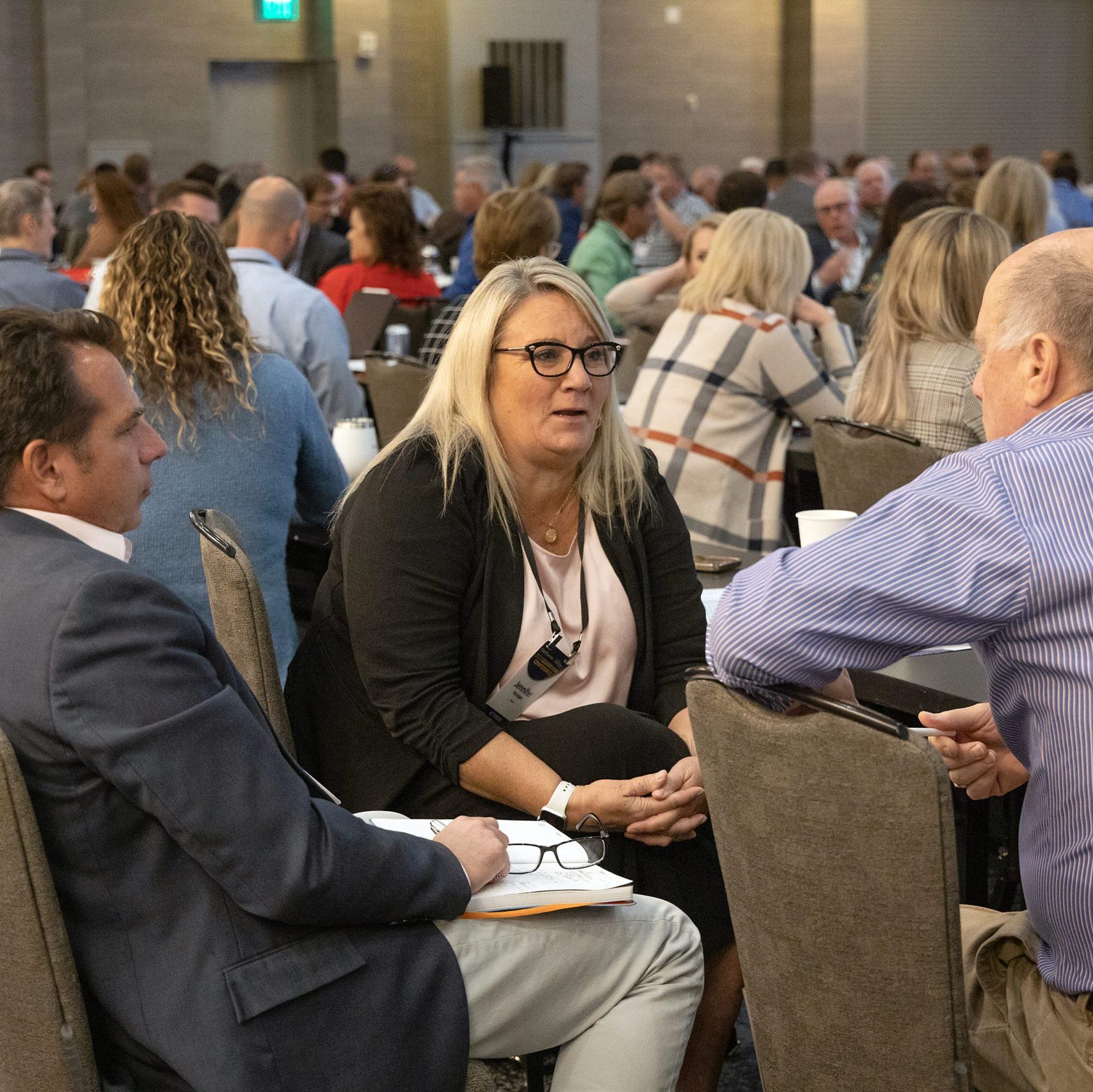


Revenue is still the engine for reinvestment and growth, but the pace and expectations for leaders have changed dramatically.
In today’s buyer-led, budget-constrained environment, pipeline is more than a sales tool. It’s the CEO’s compass.
When I first stepped into executive leadership, knowing quarter-end numbers was enough. Now, we need daily visibility into what’s happening upstream: pipeline activity, deal velocity, buyer behavior and all the signals that show whether the company is gaining ground or about to stall.
Pipeline insights drive everything from hiring and product investments to how to structure teams globally. An organization can’t scale on guesses. You need a plan grounded in future revenue.
The margin for error is slim. Sales cycles stretch as buying groups grow, and leaders have to see when velocity slows, deals stall or buyer behavior shifts. Each week, I review the pipeline with our revenue leaders. We look at meetings booked, deals progressing and what reps are committing to this quarter. It’s not micromanagement. It’s leadership.
Those conversations shape resource planning and go-to-market (GTM) strategy. If we’re considering expansion in the UK or Argentina, I want indicators that support the move—and those indicators live in the pipeline.
If you still think of discovery as a stage, you’re already behind. It’s the main event. By the time buyers meet your team, they’ve done research and coordinated across stakeholders. In a complex journey, sellers win by making buying easier: clarify the problem, align stakeholders and build the business case quickly.
I don’t need a 40-tab spreadsheet. I need a tight view that shows: are we on track, what’s at risk and what to fix first. Here’s how I run it, with the human moments that keep it from becoming a numbers-only ritual.
Start with a one-page pre-read from RevOps. It’s the same every week, so we can see patterns, not just points.
Win/loss reasons and value proof: how many late-stage opportunities have a jointly defined success plan or business case?
Between the lines, I’m listening for the story. If coverage looks fine but the mix is off, I want to hear why. That’s where the business lives.
Start with what changed and why. No surprises or ad-hoc dashboards. Then, get specific.
The human part: I ask the account executive to tell the story in two minutes as if I’m the customer’s CFO. If the story doesn’t add up, the stage probably doesn’t either.
• Set guardrails, not play calls. Define what “good” looks like and establish coverage thresholds, multithreading expectations, and discovery standards. Then let leaders choose the plays.
• Inspect the why. When a deal moves stages or slips, ask what changed. Is there a new champion, validated budget, or confirmed problem?
• Choose fly-in moments. Show up at inflection points, not for every call. Your presence should accelerate consensus, not crowd the room.
Coach with questions, not commands. You’ll solve more by probing than by prescribing.
I keep a short list and use it every week so the team knows what good answers sound like:
When the dashboard lights up, act where it matters most.
• Hiring. A sustained coverage shortfall in a healthy segment despite strong top-of-funnel suggests adding pipeline-generation capacity, such as SDRs, before AEs. If lead response time creeps up or meetings per representative exceed sustainable levels, hire to protect speed-to-lead and conversion. Coach before adding headcount when productivity varies widely.
• GTM shifts. If stage conversions in a segment lag behind baseline—say, discovery to evaluation—revisit ICP, entry point and value propositions. If win/loss patterns point to one competitor or recurring objection, sharpen positioning and enablement where it matters most.
• Product bets. When qualified, late-stage losses cite capability gaps. Quantify the annual recurring revenue at stake vs. the build cost to inform the roadmap. Look for proof patterns from discovery and pilots that reduce time-to-value and make stakeholder consensus easier. In complex purchases, helping buyers navigate the process is itself a differentiator.
I start with one question: When’s the last time you asked a customer why they chose you? You’ll learn which pain they were solving, what stood out and whether expectations were met. Then talk to your sales team—not to interrogate, to listen. Dashboards give you data. People give you context.
From there, focus on three levers: coverage, conversion and velocity. A simple velocity equation—opportunities × deal value × win rate, divided by cycle length—tells which lever will move revenue fastest. Pick one, act, measure.
Owning the pipeline doesn’t mean being the loudest voice in the room. It means being the most informed—and making better decisions earlier. Stay connected to the pipeline, and we don’t just react faster. We lead better.



0

1:00 - 5:00 pm
Over 70% of Executives Surveyed Agree: Many Strategic Planning Efforts Lack Systematic Approach Tips for Enhancing Your Strategic Planning Process
Executives expressed frustration with their current strategic planning process. Issues include:
Steve Rutan and Denise Harrison have put together an afternoon workshop that will provide the tools you need to address these concerns. They have worked with hundreds of executives to develop a systematic approach that will enable your team to make better decisions during strategic planning. Steve and Denise will walk you through exercises for prioritizing your lists and steps that will reset and reinvigorate your process. This will be a hands-on workshop that will enable you to think about your business as you use the tools that are being presented. If you are ready for a Strategic Planning tune-up, select this workshop in your registration form. The additional fee of $695 will be added to your total.

2:00 - 5:00 pm
Female leaders face the same issues all leaders do, but they often face additional challenges too. In this peer session, we will facilitate a discussion of best practices and how to overcome common barriers to help women leaders be more effective within and outside their organizations.
Limited space available.

10:30 - 5:00 pm
General’s Retreat at Hermitage Golf Course
Sponsored by UBS
General’s Retreat, built in 1986 with architect Gary Roger Baird, has been voted the “Best Golf Course in Nashville” and is a “must play” when visiting the Nashville, Tennessee area. With the beautiful setting along the Cumberland River, golfers of all capabilities will thoroughly enjoy the golf, scenery and hospitality.
The golf outing fee includes transportation to and from the hotel, greens/cart fees, use of practice facilities, and boxed lunch. The bus will leave the hotel at 10:30 am for a noon shotgun start and return to the hotel after the cocktail reception following the completion of the round.